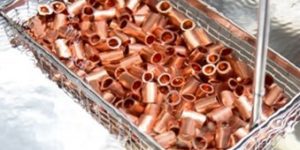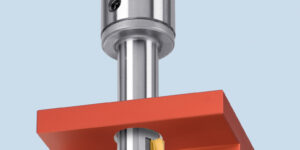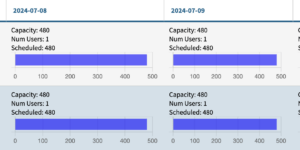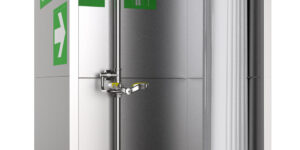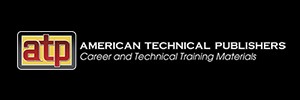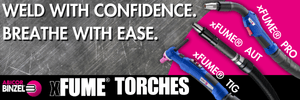PLAY THAT TUNE
No More Chasing Variability: Dramatic improvements in volumetric positioning accuracy can now be achieved with mechanical “SuperTuning.”
Posted: January 22, 2009
A study performed by IQL (Independent Quality Laboratory, Rockville, RI) shows that the volumetric positioning accuracy of a popular, moderately priced machine tool can be improved by a factor of 2:1 versus the same machine that was purchased and installed to the manufacturer’s standard specifications. This makes it unnecessary to use CAM software to compensate for dimensional variability within the machine’s measuring envelope.
IQL vice president Michael Mariani offers several reasons why chasing part variability with CAM software can be a bad idea. “Over time, by trial and error, the good machinist will often arrive at a magic combination of offsets that will allow all features on all the parts in the setup to be manufactured within the spec. Sometimes this strategy works in the short run, only to have out-of-spec dimensions reappear a day or two later. Sometimes parts close to the center of the machine come out fine but others farther away from the volumetric center of the work envelope vary in and out of spec.”
He continues, “All the time spent tweaking and re-tweaking the CAM program is a hidden cost, typically absorbed into general shop overhead where it cannot be accurately accounted for. In addition, the out-of-spec parts created during the tweaking process lead to costly scrap and rework. Using CAM in this fashion to create a program with machine-specific offsets also means that the program cannot be used on another CNC machine without considerable readjustment and this inhibits the shop’s work scheduling flexibility.”
One alternative to chasing part variation with CAM is to replace equipment having marginal positioning accuracy for the work at hand with high precision CNC systems. Sometimes this is the best choice. Another solution is to characterize and fine-tune existing CNC machines to ensure they have volumetric positioning performance adequate for producing on-spec part features anywhere within the equipment’s work envelope. When a machine’s positioning uncertainty is less than 25 percent of the part’s most critical tolerances, it will be up to the task in most cases.
In the study, IQL measured test pieces manufactured on a Haas VMC Vertical Machining Center before and after the equipment was “SuperTuned.” Supertuning is IQL’s proprietary methodology that involves using instruments traceable to NIST to characterize and adjust errors that impact a CNC machine’s positioning accuracy.
The ASME B5.54 test part was created as a solid model in SolidWorks and imported into Mastercam CAD/CAM software for efficient toolpath generation. These were chosen because they are widely used by CNC manufacturing shops around the world. The Mastercam-generated part program created a test piece that consisted of 36 sets of bores and counterbores, half of which were manufactured with the tool approaching the part in one direction and half with the tool approach from the opposite direction. This approach made it possible to observe the effects of reversal errors due to axis backlash.
The before and after parts were taken to the Hexagon Metrology Precision Center (North Kingstown, RI) and measured with PC-DMIS measurement software on a Leitz PMM Infinity ultraprecision CMM with a measuring accuracy of less than a micron. The measurements showed that Supertuning not only improved positioning accuracy of the Haas VMC by a factor of two, but it also dramatically minimized the disparity of positioning accuracy for parts manufactured in different locations (positions one and two) within the machine’s working envelope.
Mariani concludes, “What this means is that with proper tuning a $100,000 machine tool can produce positioning results comparable to high precision equipment costing two or three times more. The manufacturer won’t have to use its CAM system to chase after variations from spec. Instead, the advanced toolpath generating capabilities of the CAM program can be used for what they were intended – creating geometries that most closely represent design intent while optimizing equipment productivity.”
CNC Software, Inc., 671 Old Post Road, Tolland, CT 06084, 860-875-5006,www.mastercam.com .







